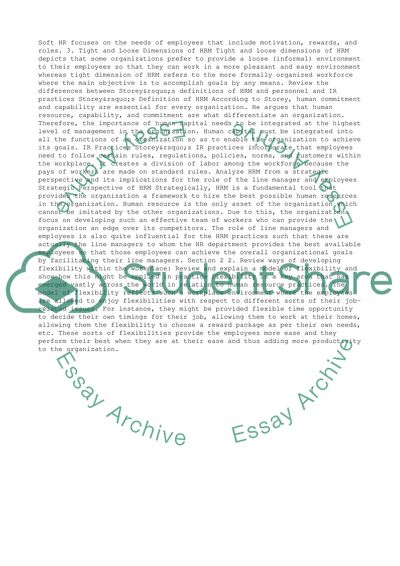Cite this document
(The Differing Perspectives of Human Resource Management Assignment, n.d.)
The Differing Perspectives of Human Resource Management Assignment. Retrieved from https://studentshare.org/management/1448536-managing-human-resource-issues
The Differing Perspectives of Human Resource Management Assignment. Retrieved from https://studentshare.org/management/1448536-managing-human-resource-issues
(The Differing Perspectives of Human Resource Management Assignment)
The Differing Perspectives of Human Resource Management Assignment. https://studentshare.org/management/1448536-managing-human-resource-issues.
The Differing Perspectives of Human Resource Management Assignment. https://studentshare.org/management/1448536-managing-human-resource-issues.
“The Differing Perspectives of Human Resource Management Assignment”, n.d. https://studentshare.org/management/1448536-managing-human-resource-issues.


